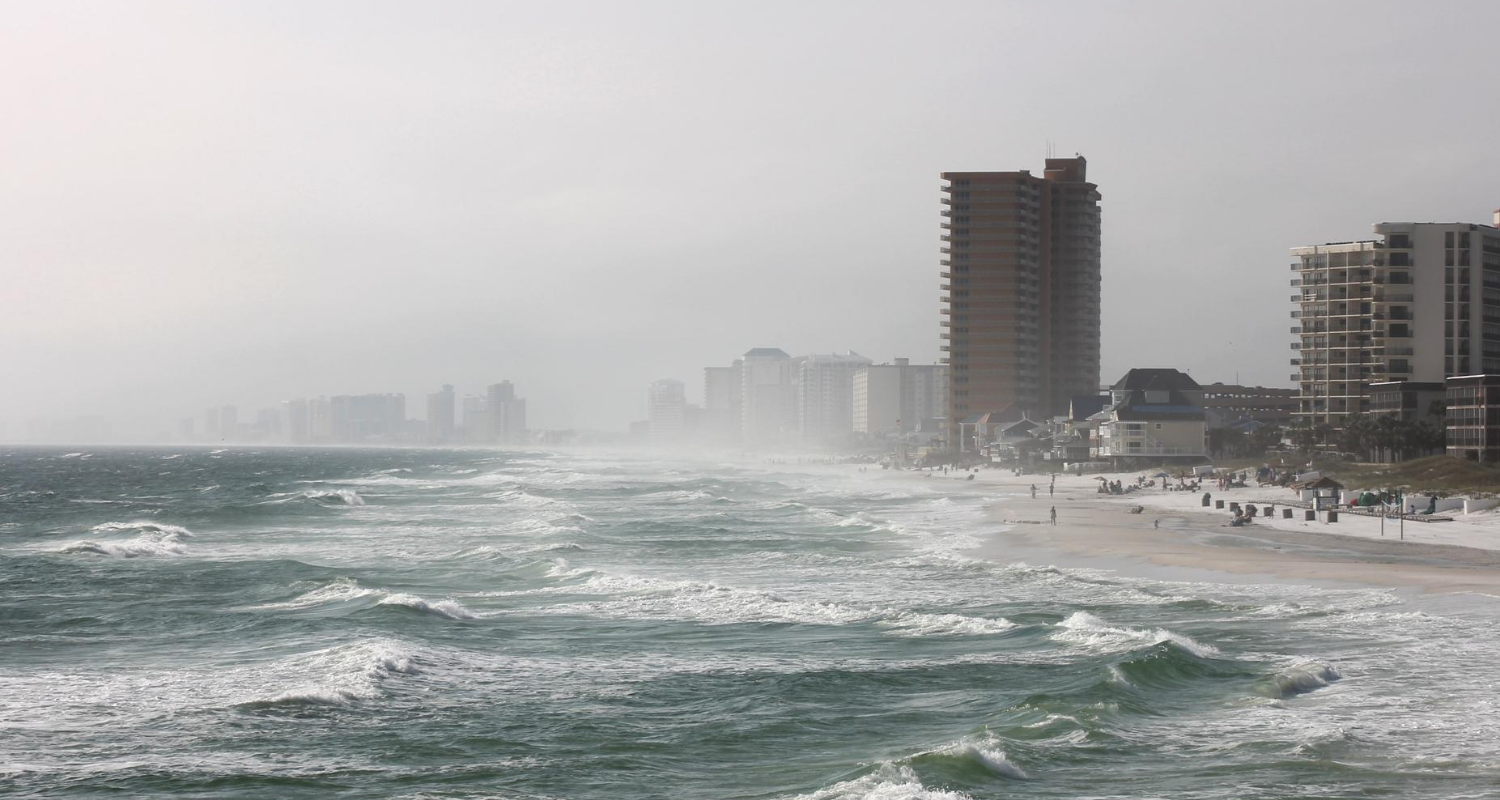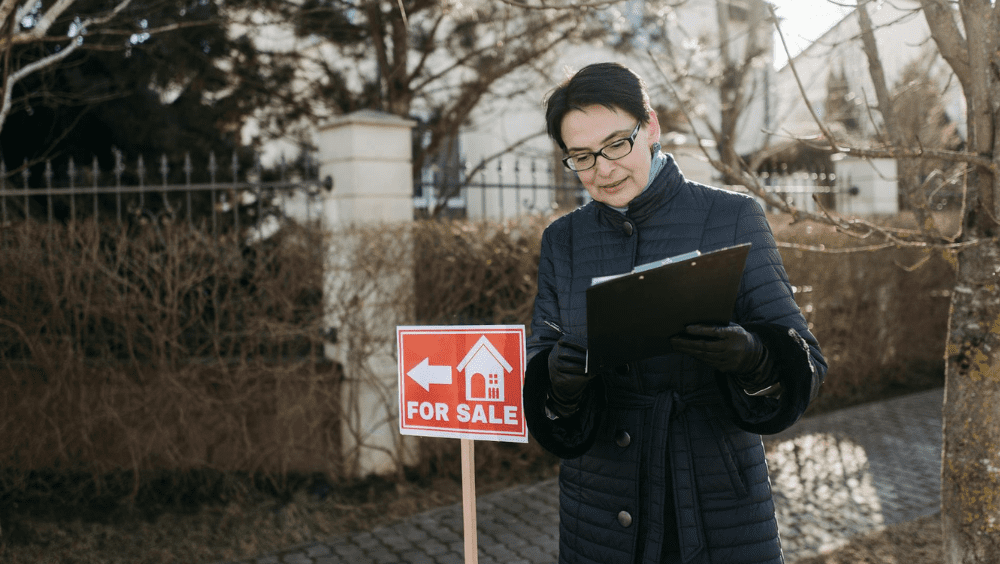
If you own property along a coastline, you watch the weather forecast closely during the summer and fall — also known as hurricane season. Hurricanes are most likely to descend between June 1 and Nov. 30, many of them leaving serious damage and devastation in their wake. Each year, hurricanes and storm-related flooding cause around $34 billion in damage to U.S. households. The areas most at-risk include the Gulf of Mexico, the Caribbean, and the beaches along the Atlantic Coast. Broken down by state, the top 10 in terms of hurricane activity are Florida, Texas, North Carolina, Louisiana, South Carolina, Alabama, Georgia, Mississippi, New York, and Massachusetts. As a homeowner in one of these hurricane hotbeds, you’ll want to take proactive measures to protect your property — not just during peak season, but year-round. We spoke with storm readiness experts and a top Florida real estate agent to find out what you should focus on when hurricane-proofing your home. Ron Wysocarski, a top real estate agent in Daytona Beach, Florida, is no stranger to the ravages of hurricanes. He says windows are one of the most vulnerable parts of a home when it comes to storm damage. “It’s best to have hurricane-impact windows with heavy frames that resist breakage and projectiles of up to 150 miles per hour,” he explains. In addition to protecting the house itself, high-impact windows help to prevent water intrusion and can lower the cost of your insurance premiums. After the widespread damage of Hurricane Andrew in 1992, many coastal cities started implementing building codes that required new homes to be built with high-impact (hurricane-impact) windows. But if your home is older, you may want to invest in an upgrade. When shopping for hurricane-proof windows, check the DP (Design Pressure) rating, which measures air infiltration, water infiltration, and structural load. A DP rating of around 50 should withstand winds up to 200 miles per hour and pressure of 75 pounds per square foot. The cost of impact windows will range widely depending on size, material (aluminum versus vinyl), brand, and special features, but you can expect to pay anywhere from $500 to $1,500 per window, including installation. Wysocarski points out that homeowners typically need a permit to install new windows, and a post-inspection is usually required. In most cases, the installer works with the municipality to take care of those details. “Unless you’re really experienced, I wouldn’t recommend tackling window installation as a DIY project,” he says. “You would run the risk of having it flagged in a home inspection as an unpermitted type of window.” If you don’t have room in your budget for high-impact windows, here are some things you can do to make your existing windows more hurricane-resistant: We’ve all seen hurricane footage of ravaged homes whose roofs have been blown off. Wysocarski has seen that happen even in winds of under 50 miles per hour in the absence of a high-impact roof. According to Juneau Odenwald Roofing in Louisiana, the most hurricane-resistant roofing material is metal, which can protect against wind gusts of up to 140 miles per hour. Made from tin, steel, aluminum, copper, or zinc, metal roofs are a more expensive option, but also last 50 years or more and are more durable than asphalt shingles. In Florida, Wysocarski says most new homes are built with architectural shingles, which can resist winds of up to 130 miles per hour and can last 20 to 30 years. Architectural shingles are thicker and at least 50% heavier than traditional three-tab asphalt shingles, making them a better choice in hurricane-prone areas. For added protection, you can use steel hurricane clips to increase the strength of connection between the roof and the house. And for worst-case scenario planning, another option is to have an escape hatch built into the roof for emergency evacuations in case of extreme flooding. If your roof system is resistant to winds of up to 150 miles per hour (indicative of a Category 5 hurricane), you may also be eligible to receive an insurance discount. And if you’re considering selling your home, the buyer may opt to get a wind mitigation report as part of the home inspection. Garage doors are the largest entry to your home, making them an area of high vulnerability during a hurricane. If a garage door is not impact-rated, the heavy winds could remove it from the opening, causing air pressure to build up and potentially blow off the roof. If you live in a hurricane-prone area, it’s worth it to invest in hurricane-resistant garage doors, such as Clopay’s WindCode series. These types of doors have steel reinforcements, extra hardware, and spring components that provide added strength and durability against severe wind pressures. Be sure to check the manufacturer’s specifications for wind resistance and make sure they meet any code requirements in your area. If you don’t have the budget for hurricane-resistant garage doors, there are still ways to bolster them against hurricanes. Smith recommends using removable galvanized steel and aluminum panels, which can be mounted to the garage door when a storm is approaching. If you have non-wind-loaded doors, you can also install vertical storm braces for extra reinforcement. For entry doors, fiberglass is seen as the best material for hurricane resistance. In addition to being impact-tested for wind, fiberglass doors are also better at keeping out rain than wood or steel doors. According to data HomeAdvisor gathered from homeowners who recently completed this project, the cost to buy and install a fiberglass door ranges from $150 all the way past $3,000, depending on design and features. A hurricane can easily inflict thousands of dollars of damage on a home’s HVAC system. Anthony Perera, founder of Air Pros USA Residential and Commercial Air Conditioning Services, offers these expert tips to help reduce damage and ensure safe indoor air quality during a storm. Use hurricane straps or a protective cage to secure the base; put a trap over the unit to protect it from any loose objects or debris. Proactive preparation is the best-case strategy, but what if a hurricane is headed your way and you only have hours or minutes to get ready? The Insurance Institute for Business & Home Safety (IBHS) has identified these last-minute steps to minimize damage to your home. Hurricane risk is one of the costs of enjoying life on the coast. In the event that your property is in the path of one of these damaging storms, a little preparation can go a long way toward protecting your home and the people who live in it.1. Install high-impact windows throughout
Select the right windows
Don’t forget about permits and post-inspections
Explore these other window-proofing measures
2. Strengthen your roof
Go with metal
Invest in architectural shingles
Call in reinforcements (and plan for an escape)
Inquire about insurance discounts
3. Reinforce your entry points
Invest in a heavy-duty garage door
Protect using removable metal panels
For the front, go with fiberglass
4. Protect and secure your HVAC system
Before the storm
During the storm
After the storm
5. Do these affordable, last-minute hurricane prep projects
6. Keep these necessities on hand
7. Don’t forget these overlooked areas



